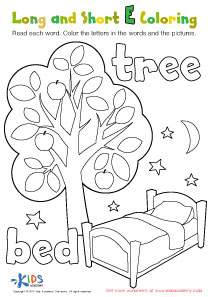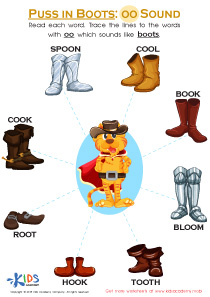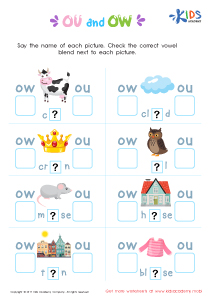Vocabulary enhancement Normal Long And Short Vowel Worksheets for Ages 7-9
5 filtered results
-
From - To
Boost your child's vocabulary with our engaging Normal Long and Short Vowel Worksheets designed for ages 7-9. These worksheets provide a fun and effective way for young learners to understand vowel sounds and improve their language skills. Incorporating a variety of exercises, including fill-in-the-blank and matching activities, children will explore words that contain both long and short vowels. Each worksheet promotes critical thinking and encourages independent learning, making it ideal for both classroom use and home practice. Enhance your child's reading and writing skills while fostering a love for words through our thoughtfully crafted Vocabulary Enhancement Worksheets!
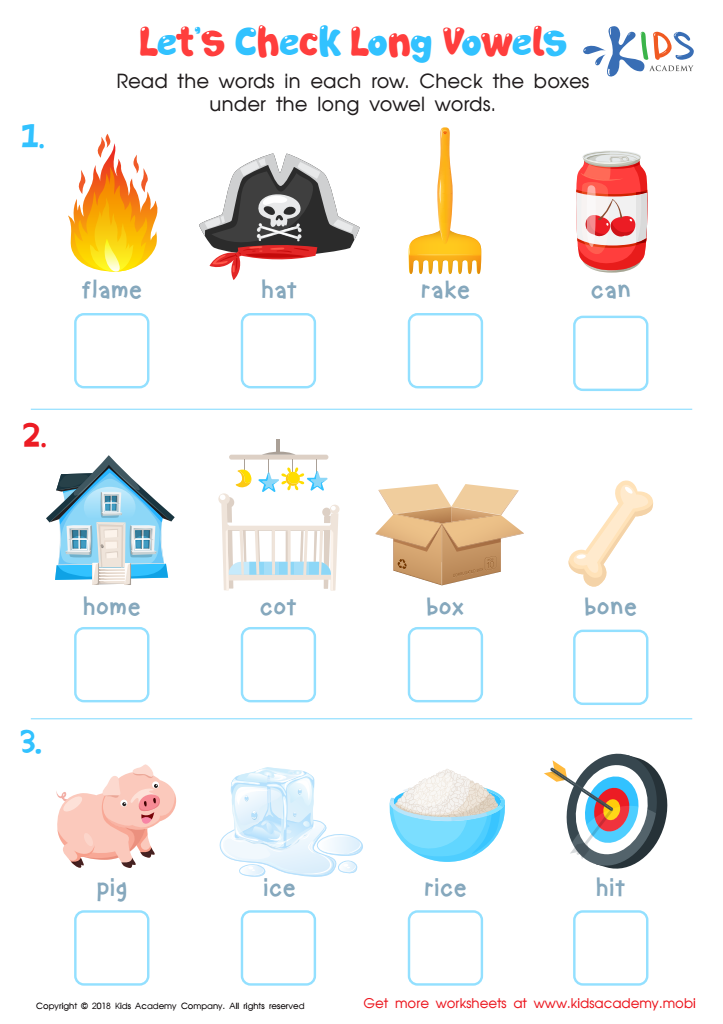

Let's Check Long Vowels: Assessment Worksheet
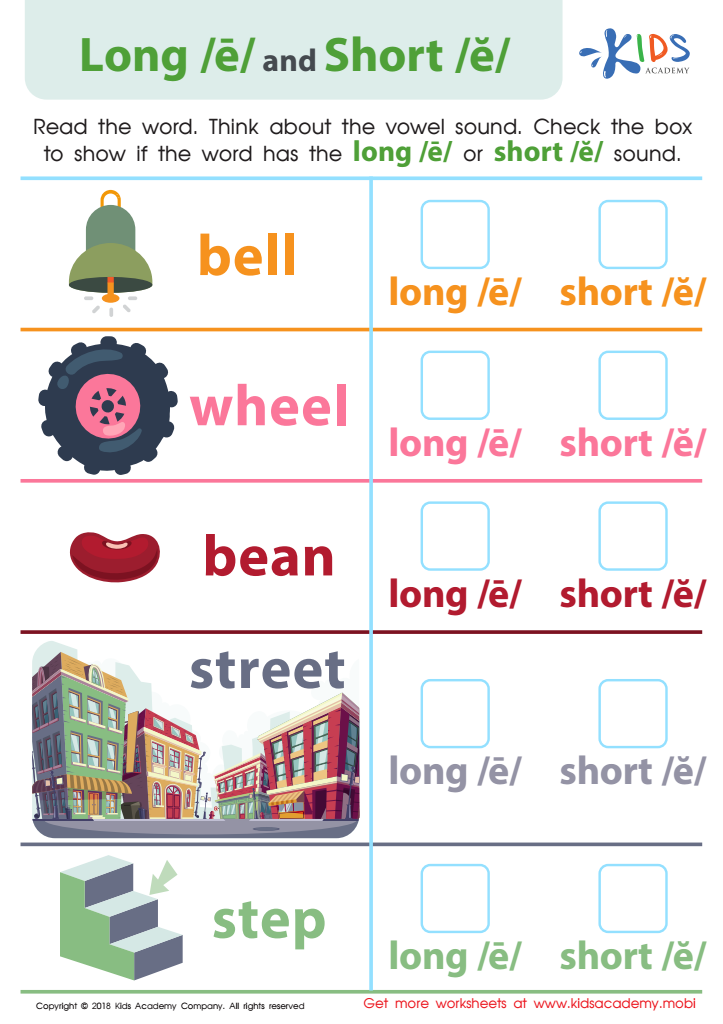

Reading: Long E and Short E Worksheet
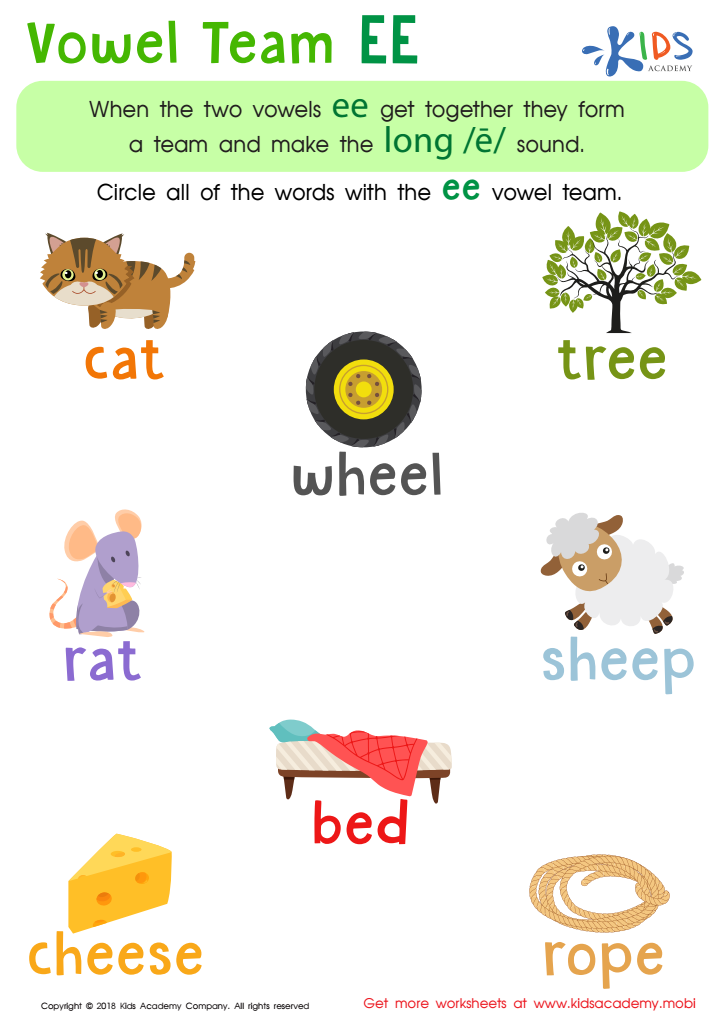

Reading: Vowel Team EE Worksheet
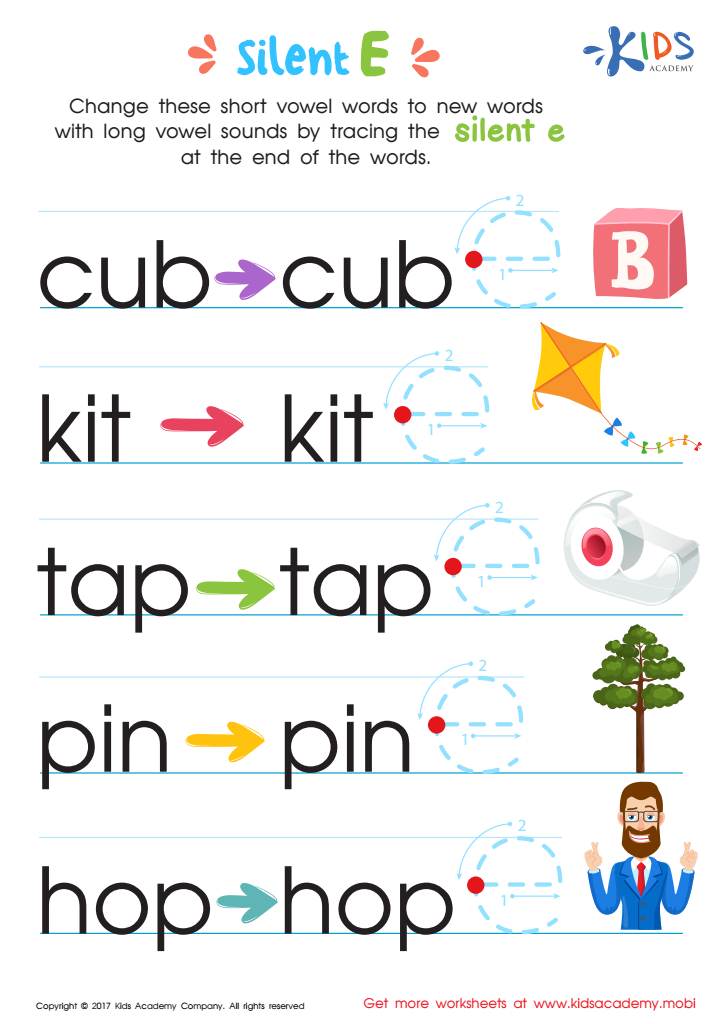

Silent E Words Worksheet
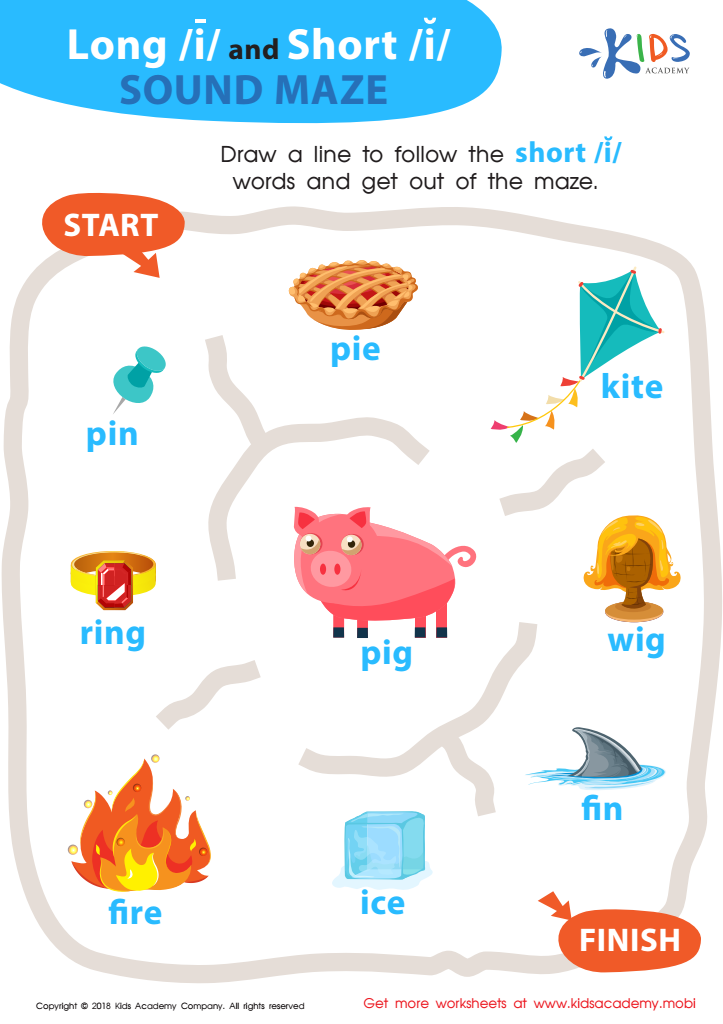

Reading: Long I and Short I Sound Maze Worksheet
Parents and teachers should prioritize vocabulary enhancement, particularly focusing on normal, long, and short vowels for children ages 7-9, as it plays a crucial role in language development and literacy skills. At this developmental stage, children are not only expanding their vocabulary but also enhancing their reading and writing abilities. Mastery of long and short vowels aids in phonemic awareness, enabling children to decode words more efficiently. This foundational skill is essential for improving reading fluency, comprehension, and overall academic performance.
In addition, a richer vocabulary allows children to express themselves more clearly and confidently, fostering better communication skills. Socially, children who possess strong vocabulary skills often find it easier to engage in conversations and build friendships, as they can articulate their thoughts and feelings more effectively.
Moreover, understanding the nuances of vowel sounds inspires a greater enthusiasm for learning. When children feel confident in their language abilities, they are more likely to participate in classroom discussions and enjoy reading, which promotes a lifelong love for literature. By investing time in vocabulary instruction and vowel understanding, parents and teachers can significantly impact a child's education and personal growth.

 Assign to My Students
Assign to My Students






